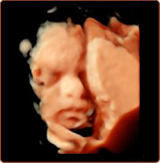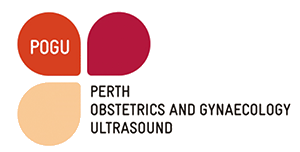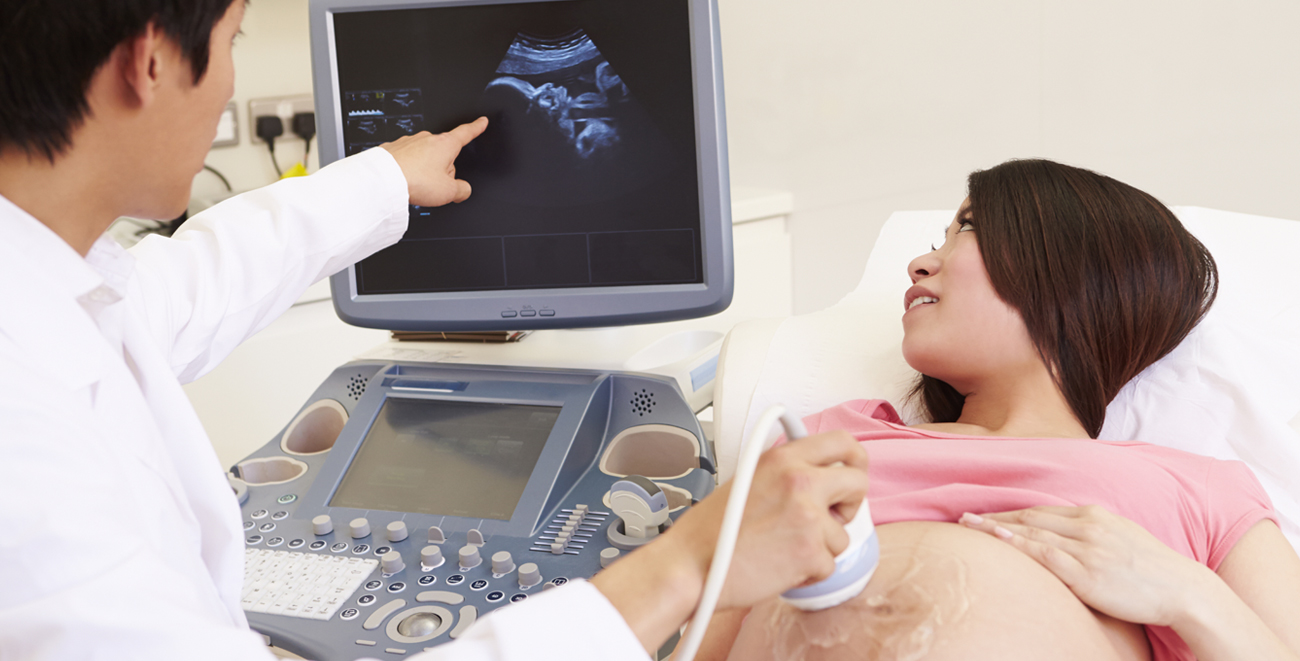Fetal growth and well being is an ultrasound assessment of the fetus in the late second trimester and third trimester.
What are the indications for fetal growth and well being assessment?
- Fetus appears large or small for the stage of pregnancy
- Existing maternal conditions which may have an impact on fetal growth such as preeclampsia, gestational diabetes etc.
- History of growth restricted or large for dates baby in the previous pregnancies
- History of bleeding during pregnancy
- Decreased fetal movements
- Low lying placenta which was seen on anatomy scan
- Follow up scan for certain fetal abnormalities
How is fetal growth assessed?
The assessment of fetal size is done using the following basic measurements.

- Biparietal diameter (BPD)
- Head circumference (HC)
- Abdominal circumference (AC)
- Femur length (FL)
This gives a weight estimation that falls within 15% either side of the true weight. These measurements are plotted on a growth chart and this single series of measurement would tell us whether baby is small or large for the gestation. However the growth pattern of a baby can only be determined from two separate scans at least 2 weeks apart.
What other information is obtained during this scan?
- Presentation of the fetus (Breech, Head or transverse)
- Fetal heart activity
- Some assessment of fetal anatomy
- Behavior and activity of the baby
- Blood flow through the umbilical vessels (Doppler study)
- Blood flow in the fetal brain or liver when indicated (Doppler study)
You do not need a separate examination for Doppler; it is done at the same time as the usual ultrasound examination.


